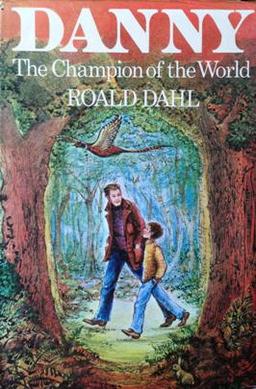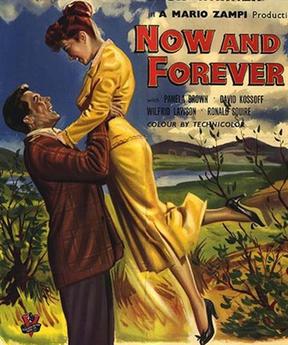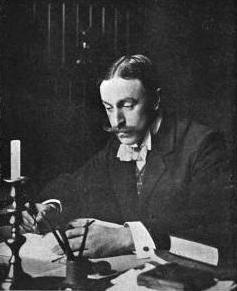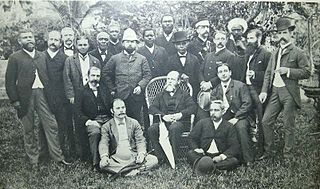
Ronald Frederick Delderfield was an English novelist and dramatist, some of whose works have been adapted for television and film.

California is a hamlet to the south side of Aylesbury town centre in Buckinghamshire in England, although today it has been completely swallowed up by the urban growth of Aylesbury.

Danny, the Champion of the World is a 1975 children's novel by British author Roald Dahl. The plot centres on Danny, a young English boy, and his father, William. They live in a Gypsy caravan, fix cars for a living in their mechanic shop and partake in poaching pheasants. It was first published on February 14, 1975, in the United States by Alfred A. Knopf, Inc. and in the United Kingdom by Jonathan Cape.

John Henry Knight, from Farnham, was a wealthy engineer, landowner and inventor. With the help of the engineer George Parfitt he built one of Britain's first petrol-powered motor vehicles, Frederick Bremer of Walthamstow having built the first in 1892. On 17 October 1895, with his assistant James Pullinger, they drove through Farnham, Surrey, whereupon he was prosecuted for using a locomotive with neither a licence nor a man walking in front with a red flag. This is sometimes misreported as the first person to be convicted of speeding in the UK, but that sobriquet subsequently fell to Walter Arnold of East Peckham, Kent, in January 1896.

Colonel The Honourable John Edmund Erskine, of Cardross, was a Scottish soldier and politician. His journal was printed in the nineteenth century. He was nicknamed 'The Black Colonel'.
Sir David Dalrymple, 1st Baronet, of Hailes was a Scottish advocate and politician who sat in the Parliament of Scotland from 1698 to 1707 and in the British House of Commons from 1707 to 1721. He served as Lord Advocate, and eventually Auditor of the Exchequer in Scotland in 1720.

The Wager Mutiny took place in 1741, after the British warship HMS Wager was wrecked on a desolate island off the south coast of present-day Chile.
Sir Patrick MacChombaichde Colquhoun was a British diplomat, legal writer and sculler who influenced early Cambridge rowing.
Maxwell Communication Corporation plc was a leading British media business. It was listed on the London Stock Exchange and was a constituent of the FTSE 100 Index. It collapsed in 1991 following the death of its titular owner.
Lord Clarendon was the largest wooden ship ever built in Cape Breton Island, Nova Scotia. The ship was named in honour of the British statesman, George Villiers, the 4th Earl of Clarendon. The ship was built to order at North Sydney by William Nesbitt for clients in Great Britain. She was completed in November 1851 and left North Sydney for Liverpool, England with a cargo of timber on November 13, under the command of Samuel Hannan. Her rudder was damaged by a severe storm hours after leaving port and the ship turned back for North Sydney for repairs. However, Lord Clarendon ran aground at Low Point at the entrance to Sydney Harbour. The ship was not badly damaged and plans were made to refloat her as soon as the weather calmed. However, a violent gale on November 26 carried away the foremast and mainmast, damaging the ship beyond repair. The crew were rescued the next day. The ship soon broke apart but some cargo and fittings were salvaged.

Samuel Trehawke Kekewich was an English Tory and later Conservative Party politician who sat in the House of Commons from 1826 to 1830 and from 1858 to 1873.

Richard Lewis was the Anglican Bishop of Llandaff in Wales from 1883 to 1905.

Now and Forever is a 1956 British drama film directed by Mario Zampi and starring Janette Scott, Vernon Gray and Kay Walsh. It was written by R.F. Delderfield and Michael Pertwee based on the 1953 play The Orchard Walls by R.F. Delderfield, and was Scott's first adult role after a career as a child star in Britain. The screenplay concerns an upper-class girl who becomes romantically involved with a garage mechanic, and they head for Gretna Green to elope.
George Randall Johnson was a member of the New Zealand Legislative Council, and a notable cricket player in his younger days.

Alfred Horsley Hinton was an English landscape photographer, best known for his work in the pictorialist movement in the 1890s and early 1900s. As an original member of the Linked Ring and editor of The Amateur Photographer, he was one of the movement's staunchest advocates. Hinton wrote nearly a dozen books on photographic technique, and his photographs were exhibited at expositions throughout Europe and North America.

Hazell, Watson and Viney was an English printing and publishing firm with works in Aylesbury that operated from 1839 to c. 1991.

The Lady's Realm was a British women's magazine published from 1896 until 1914, possibly until 1915. It primarily targeted upper-class readers as well as an aspirational middle-class audience, featuring photographs, poems, fiction, and columns by popular authors such as Marie Corelli, Frances Hodgson Burnett, Jack London, and H. G. Wells. The London Season was regularly covered, with visuals of significant society figures and débutantes appearing. Fashion trends in Paris and London were frequently discussed as well, particularly by its fashion editor Marian Pritchard.

Francis Frederick Pinkett (1838-1887) was an English colonial administrator who served as Governor of Sierra Leone and Nigeria.

During the First World War, the Commander-in-Chief at the Cape, Rear Admiral Herbert King-Hall, expended much effort to destroy the elusive German light cruiser Königsberg.

Cain and Abel, also known as The Murder of Abel, and The Death of Abel, is an oil painting by the Venetian painter Tintoretto, made around 1550–1553. It is held in the Gallerie dell'Accademia, in Venice.














